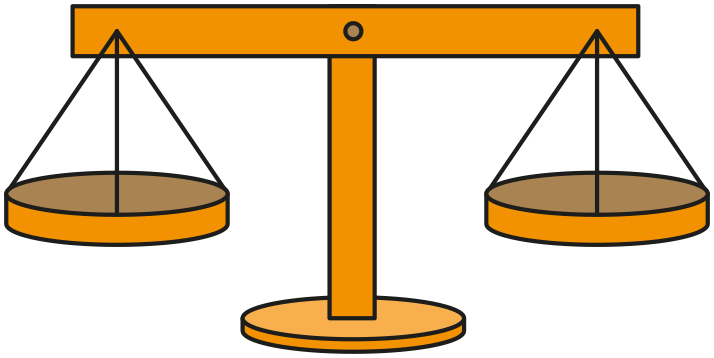Students use two-pan balances and 1-, 5-, 10-, 20-, 50-, and 100-gram masses to practice composing and decomposing numbers. Through this process, they recognize that different partitions of a number have the same total because the pans balance. Students then apply the commutative and associative properties of addition to write number sentences that represent mass.
Content in this Lesson
- Composing and decomposing numbers using ones, fives, tens, twenties, fifties, and hundreds [E1].
- Using the equal sign to show comparisons of quantities [E2].
- Recognizing that different partitions of a number have the same total [E4].
- Applying the commutative and associative properties of addition to write number sentences that represent mass [E5].
Assessment in this Lesson
| ASSESSMENT | EXPECTATION ASSESSED | MATH PRACTICES EXPECTATION ASSESSED |
|---|---|---|
|
Balanced and Equal Check-In: Questions 6–8 with Feedback Box Student Activity Book Pages 399–400 |
|
|
|
DPP Item G Using Ten Teacher Guide - digital |
|
















